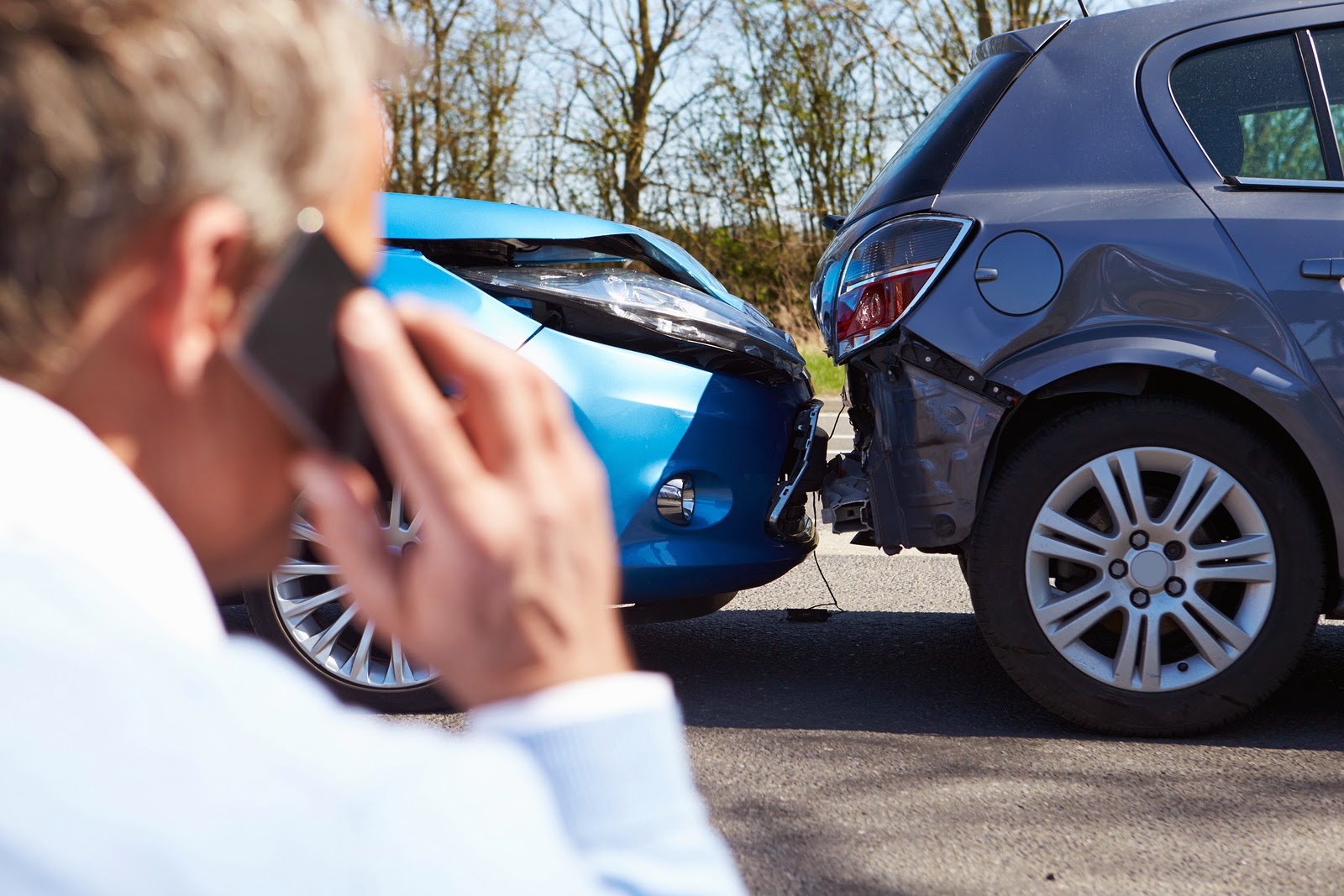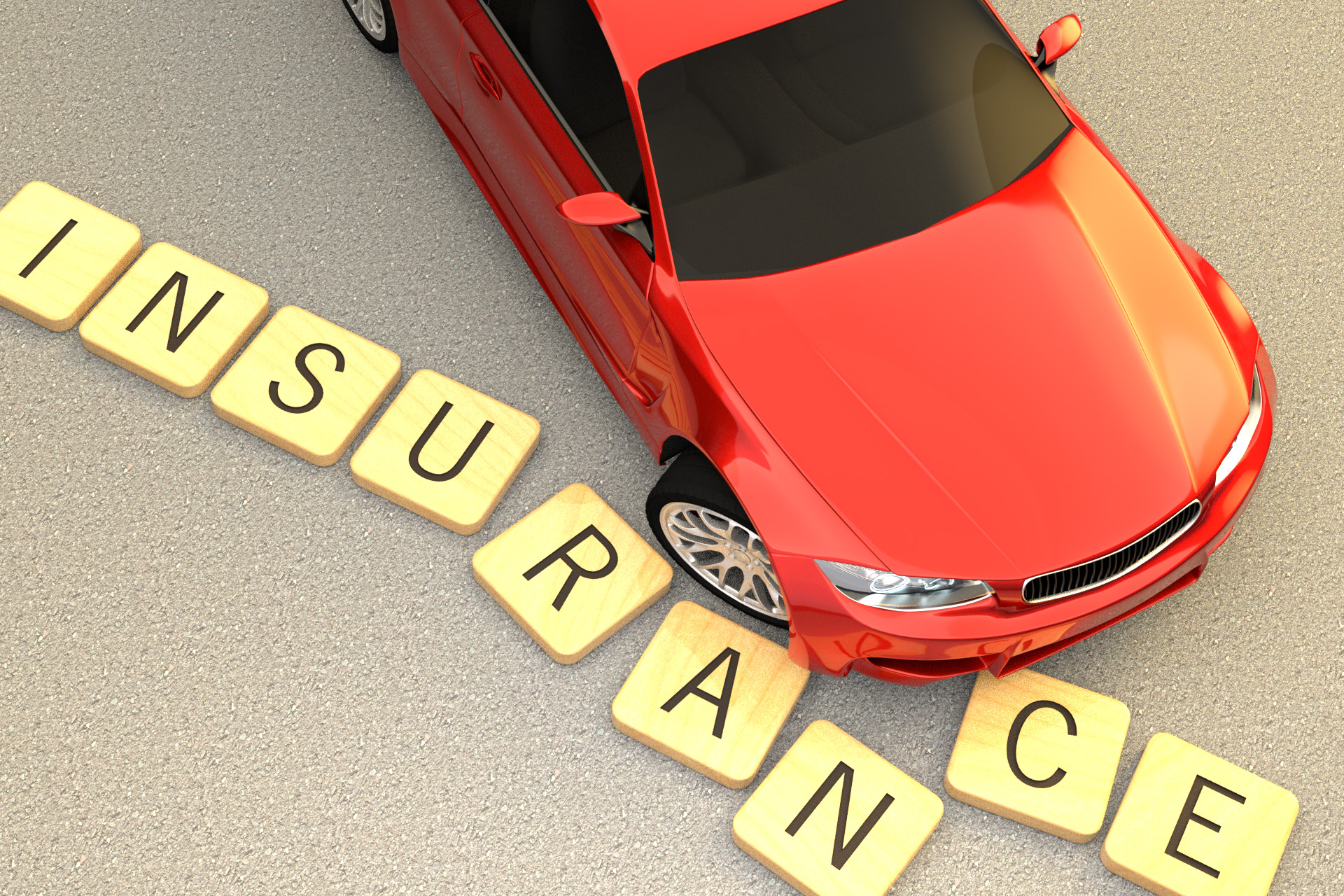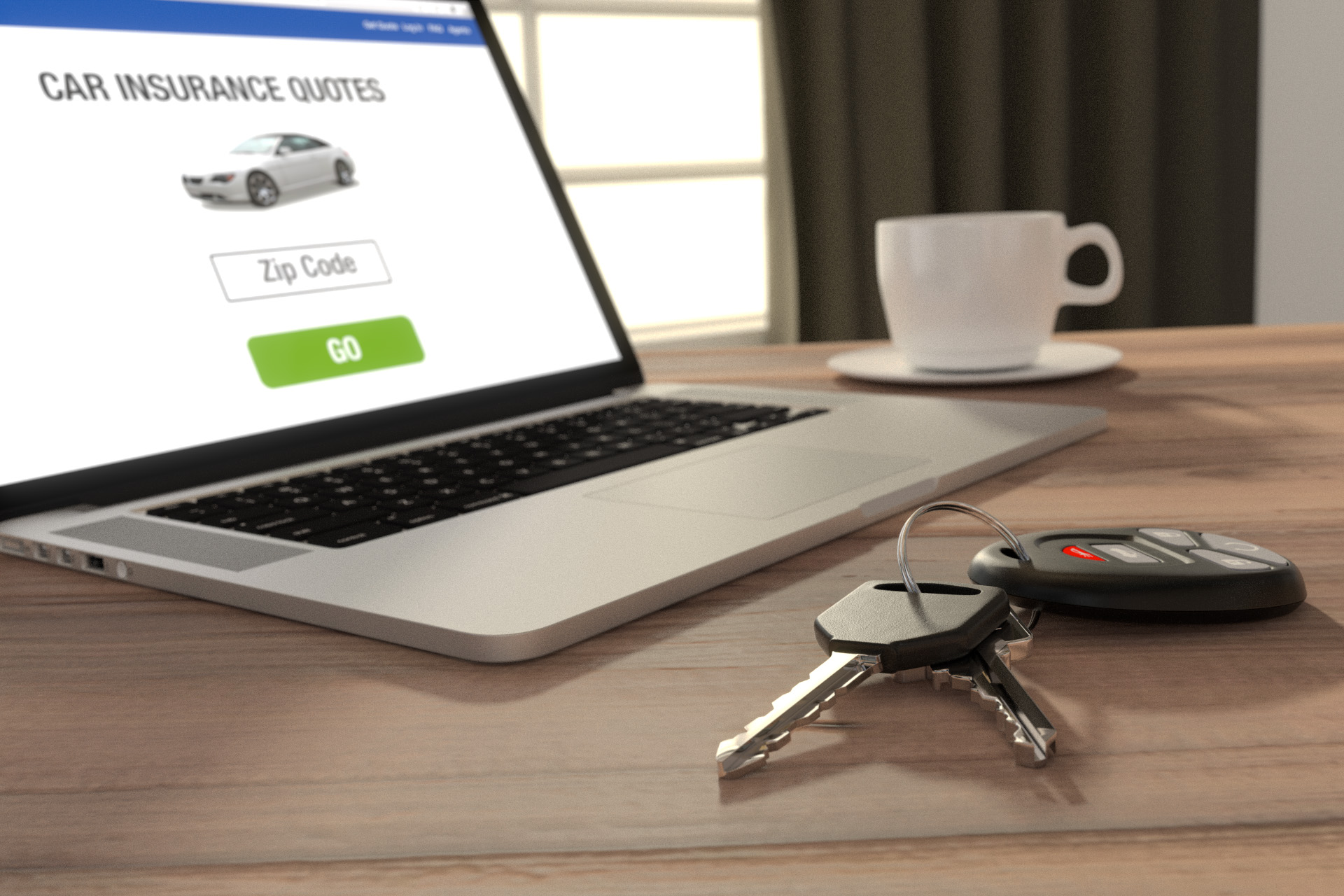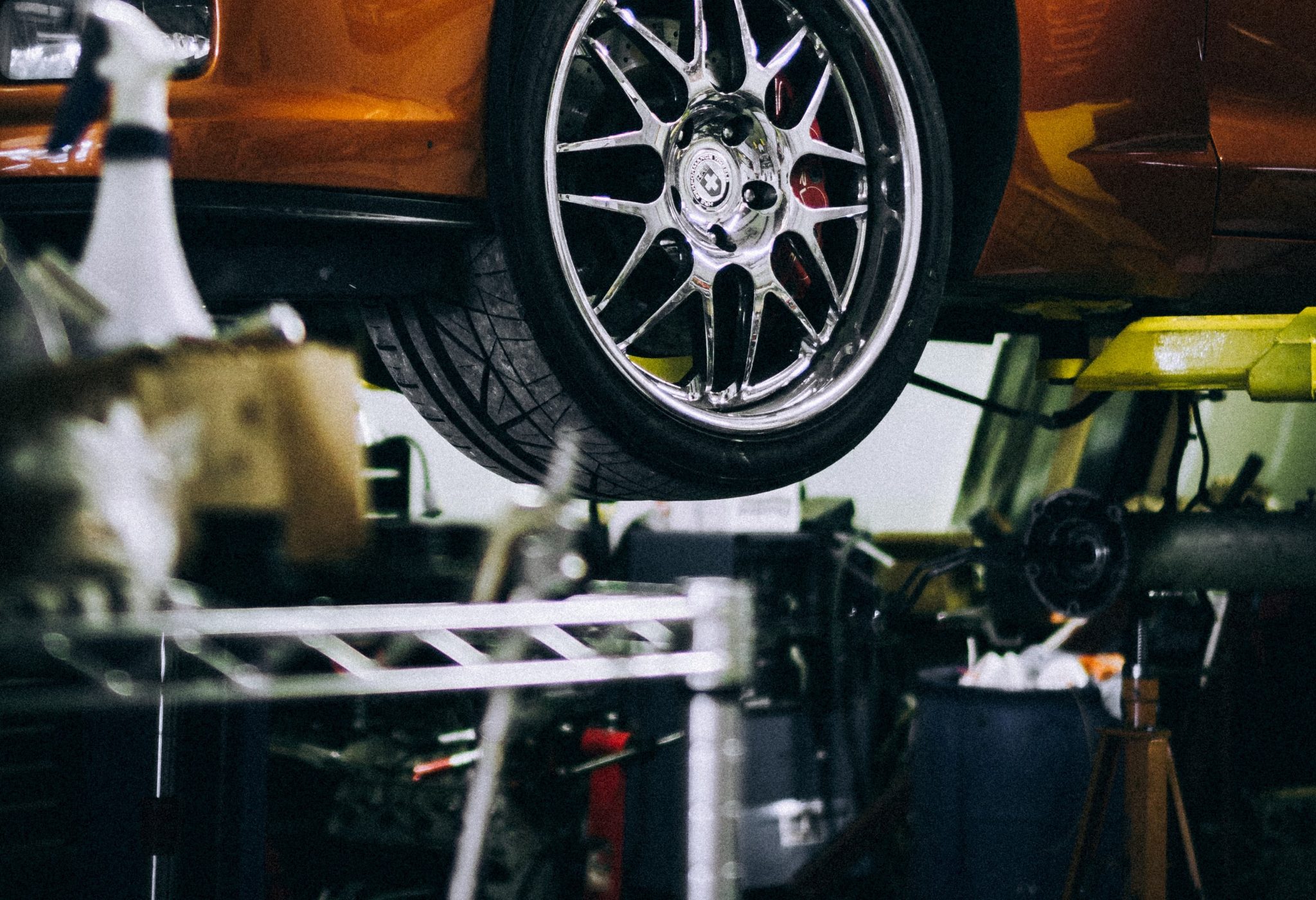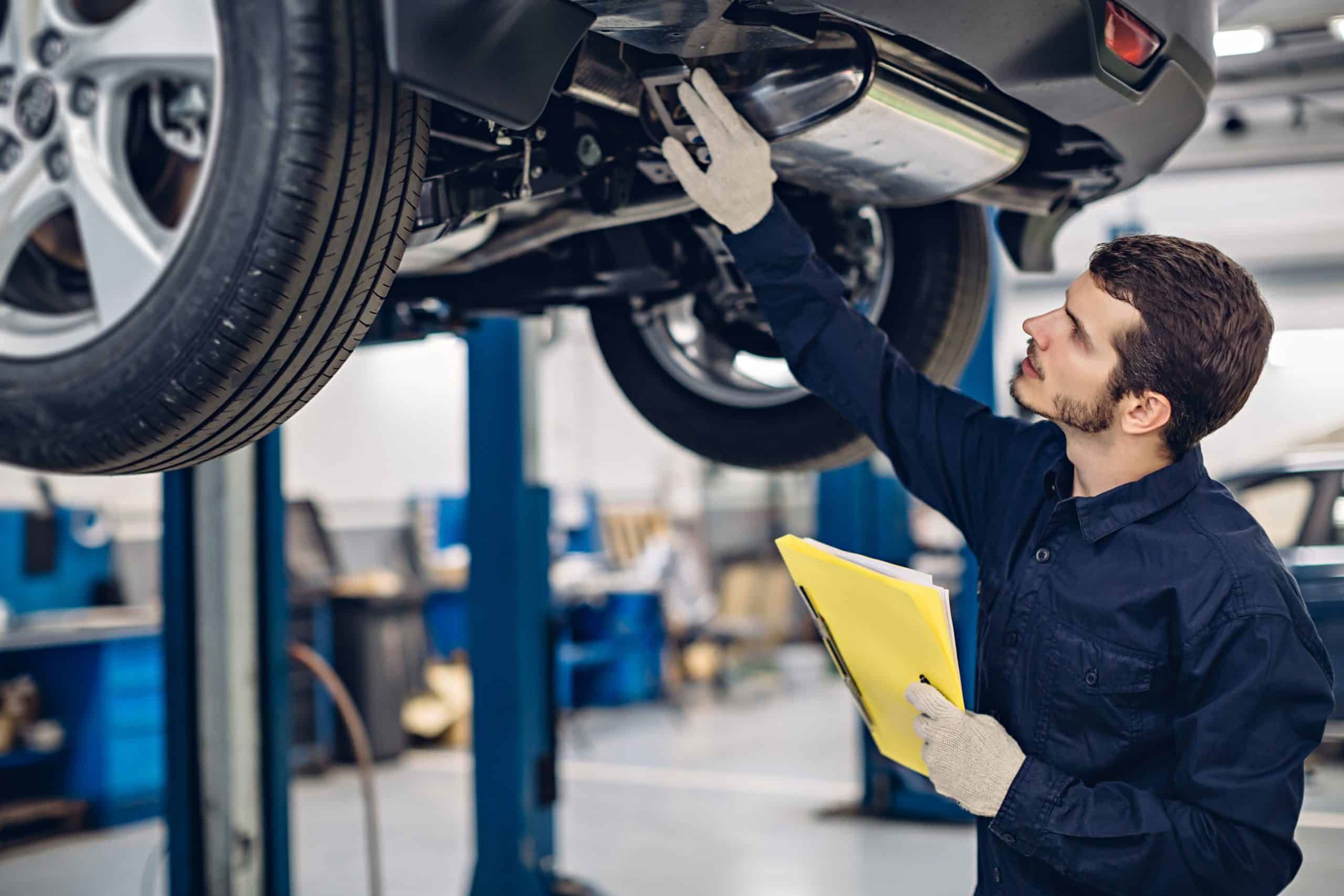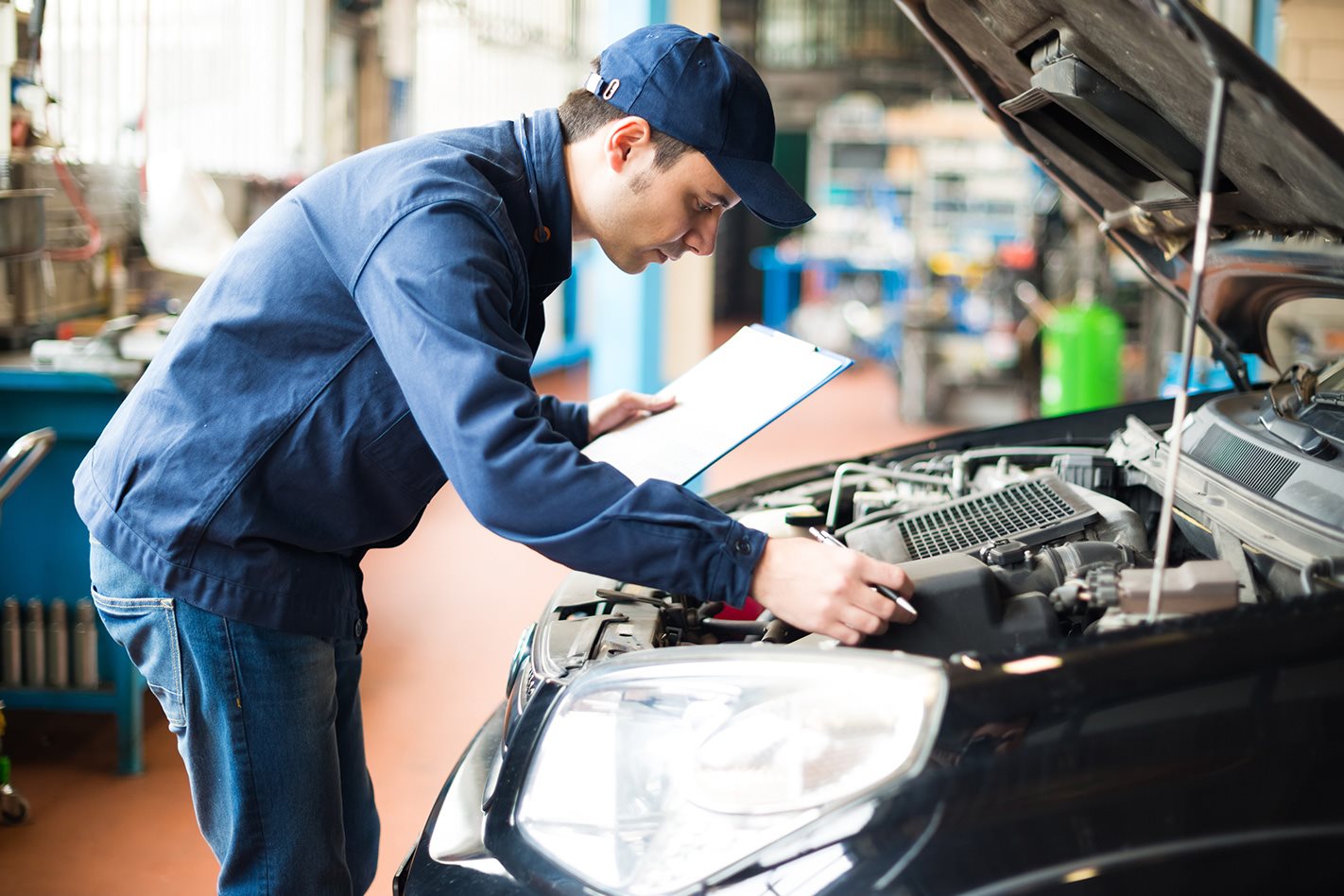Regular tire maintenance is essential for safe driving and to ensure your tires last as long as possible. Your vehicle’s tires are the only point of contact between your car and the road, and they play a critical role in steering, acceleration, and braking. This article explains why tire maintenance is so important, including tips on how to check your tire pressure, tread depth, and overall condition.
- Check Tire Pressure Regularly One of the most important tire maintenance tasks is to regularly check your tire pressure. Low tire pressure can lead to poor handling, increased wear on your tires, reduced fuel efficiency, and even tire failure. Use a tire pressure gauge to check your tire pressure at least once a month or more frequently if you notice a change in handling or fuel economy. You can find the recommended tire pressure for your vehicle in the owner’s manual or on a label inside the driver’s side door.
- Inspect Tread Depth Tread depth is another critical factor in tire safety and performance. Tires with low tread depth can cause hydroplaning on wet roads, reduced traction on slippery surfaces, and increased stopping distances. To check your tire tread depth, use a tread depth gauge or a penny. Insert the penny into the tread with Lincoln’s head facing down. If you can see the top of Lincoln’s head, your tread depth is too low and it’s time to replace your tires.
- Rotate Tires Regularly Tire rotation is the process of moving your tires from one position to another on your vehicle to ensure even wear. Front tires typically wear faster than rear tires due to the weight distribution and steering forces. By rotating your tires, you can help extend their lifespan and ensure even wear. Check your owner’s manual for the recommended tire rotation schedule for your vehicle.
- Balance Your Tires Tire balance is another critical aspect of tire maintenance. Unbalanced tires can cause vibration and uneven wear, which can lead to premature tire failure. When you purchase new tires or if you notice vibration while driving, have your tires balanced by a professional.
- Replace Worn or Damaged Tires Finally, it’s essential to replace worn or damaged tires as soon as possible. Worn tires have reduced traction and can cause handling problems, while damaged tires can lead to sudden blowouts. Inspect your tires regularly for signs of wear, such as uneven wear patterns, cracks, or bulges, and replace them if necessary.
Regular tire maintenance is critical for safe and efficient driving. By checking your tire pressure, tread depth, and overall condition, rotating and balancing your tires, and replacing worn or damaged tires, you can help ensure your vehicle is ready for the road ahead. Don’t overlook this important aspect of car maintenance, and make sure to consult with a professional if you have any questions or concerns about your tires.
